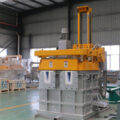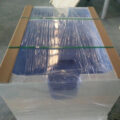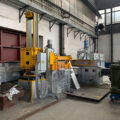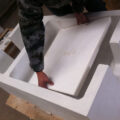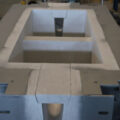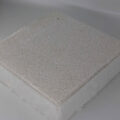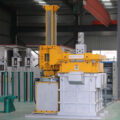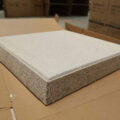The molten metal filtering equipment is located behind the furnace. The flux gas is introduced into the melt through the inlet, and flows countercurrent to the melt through filtration. The filter plate is used to decompose the flux gas into fine dispersions to ensure complete contact with the melt. The filter plate used is made of porous ceramic foam material. They can be used for molten metal filtration for various reasons, including excellent filtration efficiency and replaceability due to their uniform and controllable pore size, low cost and ease of use. The preparation of ceramic foam filter is convenient, cheap, and easy to use in online degassing and filtering devices.

For economic benefits and increased productivity, there must be a degassing and filtration system that can continuously process molten metal at a rate commensurate with casting practices.
When performing degassing without interrupting the alloy and melting process, the degassing equipment greatly improves the productivity of molten metal degassing. In addition, the design of the equipment allows it to be placed near the casting. Through the operation of the degassing and filtration process, the level of effluent usually produced by this treatment is significantly reduced.
Due to the use of easily removable filter media with carefully controlled filtration performance, the molten metal filtering equipment can achieve a melt purity level under the most stringent processing conditions. Moreover, before the melt reaches the second fine filter, the relatively coarse first filter type medium is used to extract larger entrained non-metallic particles, which greatly prolongs the service life of the second fine filter. In addition, this high purity can be achieved with inexpensively manufactured filter-type media.
When the new molten metal filtering equipment is used for the first time, slightly larger inclusions in the molten aluminum may pass through the holes of the ceramic filter plate. These “large particle” inclusions inherit and affect the inherent quality of the blank.
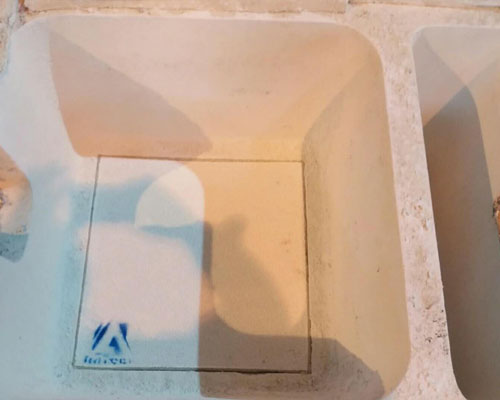
After the ceramic foam filter has been used for a period of time, some fine particles of impurities will be adsorbed in its pores. Since the filtering capacity of molten aluminum does not gradually increase, the adsorbed particles continue to accumulate in the pores of the filter plate, making the pores of the filter plate smaller, thereby improving the filtering effect.
However, when the amount of impurities absorbed by the filter plate is large enough to block the holes of the filter plate, the filtering effect begins to decrease, and the quality of the cast-rolled slab decreases accordingly. It can be seen from the test pinholes that the secondary filter plate can remove the fine particles in the aluminum melt and has a better purification effect on the aluminum melt.

